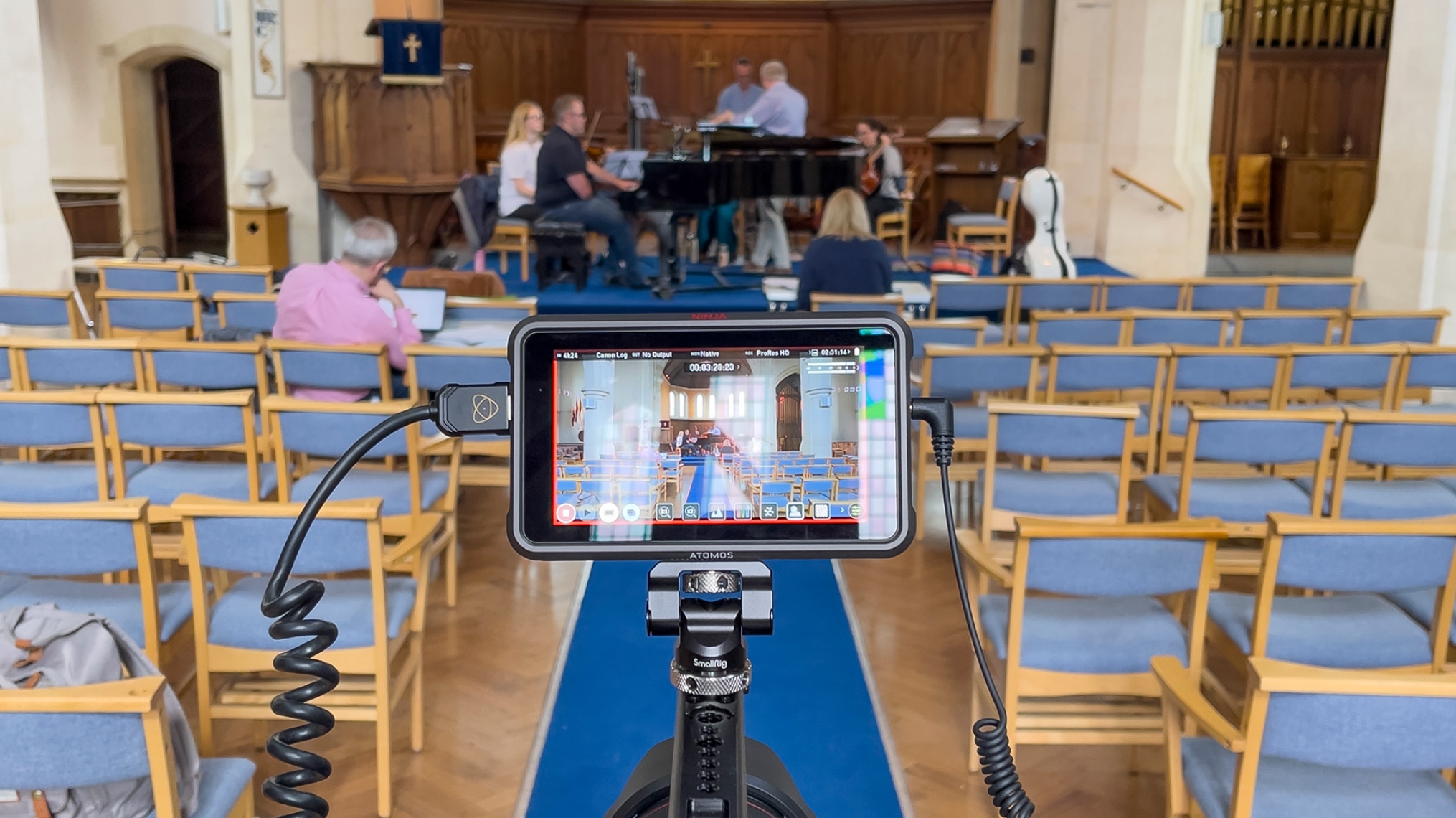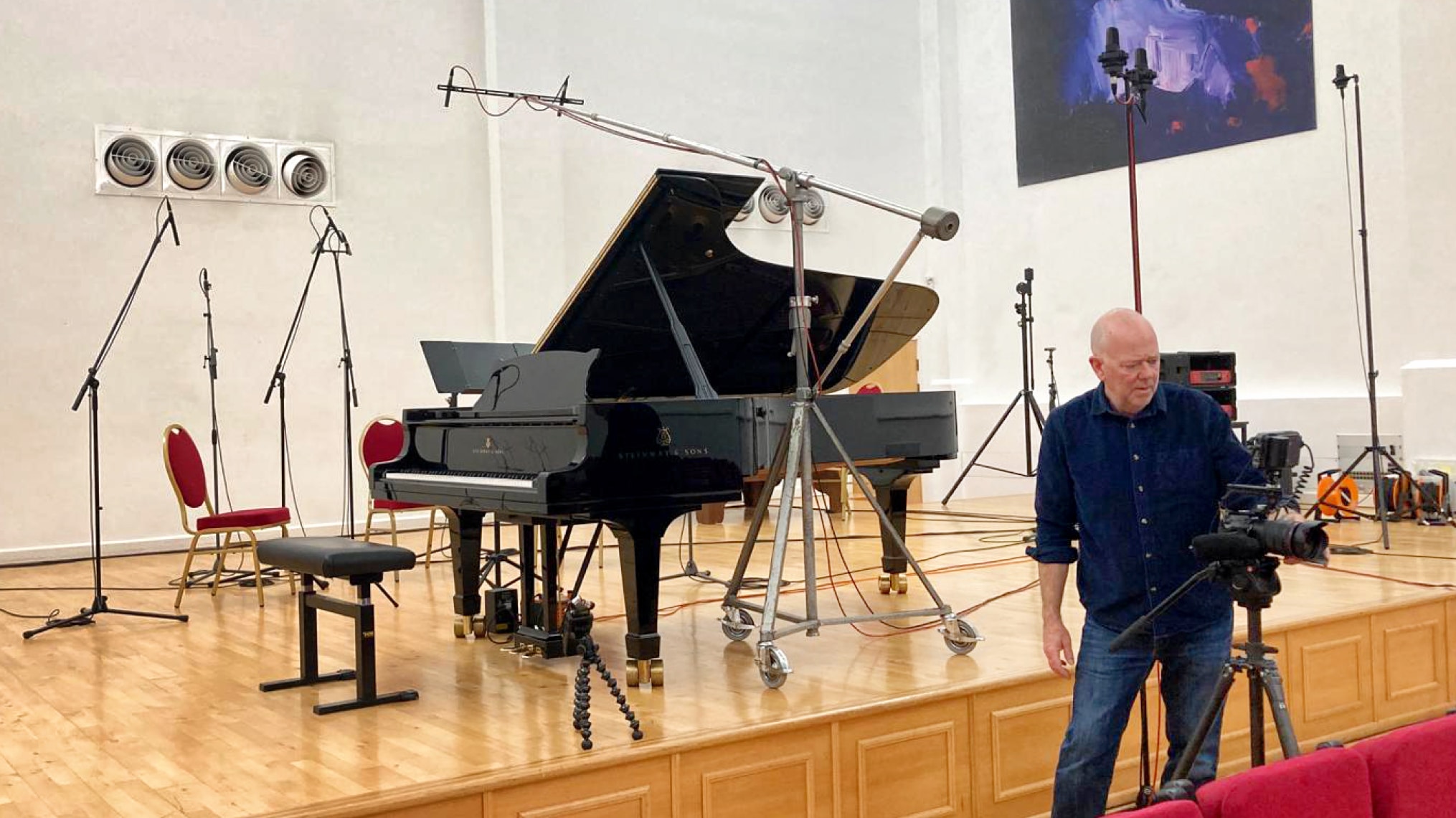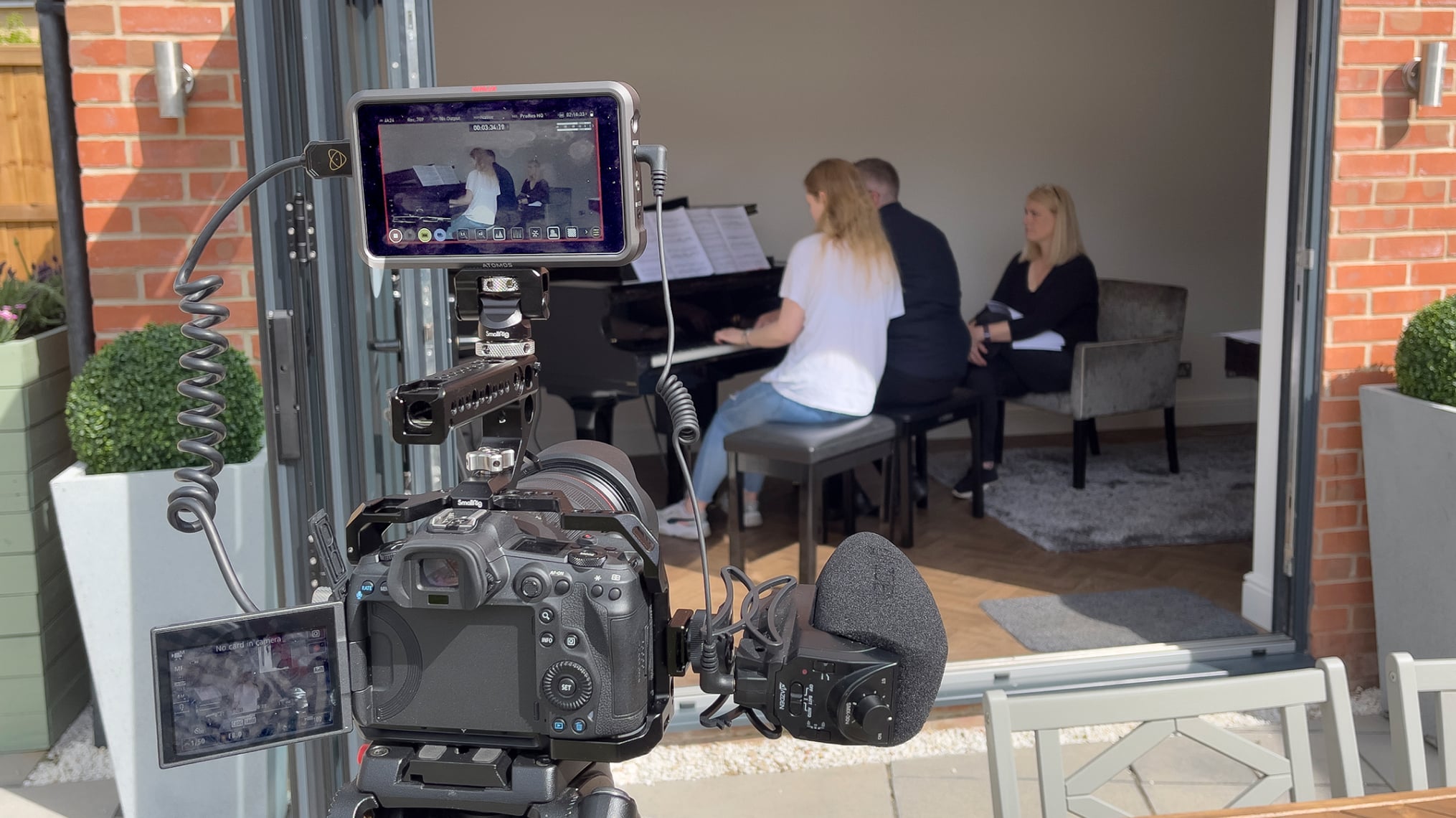As a highly respected stills photographer with a string of top clients and a whole heap of awards to his name you could perhaps excuse Chris Frazer Smith for not feeling the urge at this stage in his career to venture into a fresh and highly demanding area of the business.
And yet, like so many other successful creatives, much of the reason that Chris has survived and thrived over the years is his natural curiosity and urge to continually be pushing the boundaries. In short this meant that once hybrid-friendly kit started to become widely accessible and available it was just a matter of time before he was going to take a look at what filmmaking might have to offer. And, as so many others have found, once you venture into the world of motion it can become highly addictive.
“I always had a love of film from childhood,” says Chris, “but it wasn’t until I started to buy into camera systems that offered video making facilities alongside those for stills that I started to think seriously about perhaps getting involved in filmmaking myself. Like so many others it was the arrival of Canon’s EOS 5D Mark II with its full frame video capability that really piqued my interest, and I was slightly intimidated by the fact I could shoot at 1080p with this camera. Things just moved on from there really: I ended up going down the rabbit hole of exploring what I could do with this facility, and things just grew from there.
“For me it was just a very natural progression to try to start shooting motion pieces, and you just learn through testing things out and asking those around you how things work. One of the first films I worked on was a personal project about three young musicians, all shot on the 5D Mark II, and I got a DP and a sound guy in and we turned it into quite a little production. It was a great learning curve for us all.”


